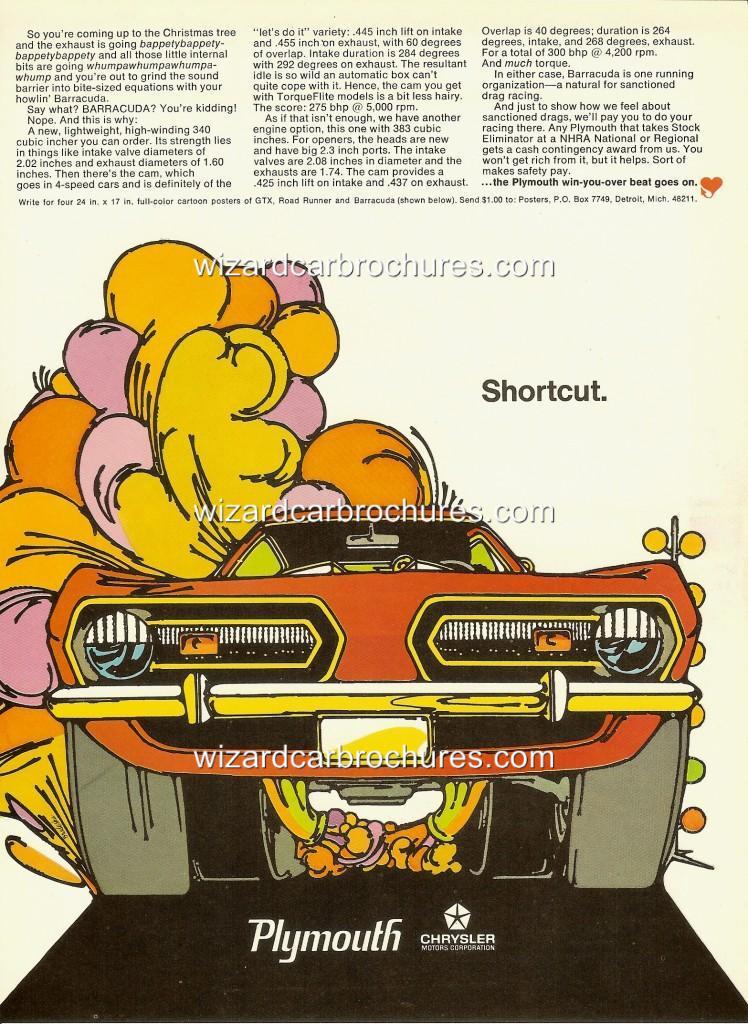My Mopar Performance Catalog, lists the 340 cam as 268/276/114/44 overlap, and 228/235@050, IDK if I believe those 050 numbers, but that's what is in the catalog. These Chrysler numbers appear to be at .008 tappet.
The 68 4speed cam is not listed but I seem to remember it being one size bigger, which in Mopar-ese would be; 276/284/114 .
My 69 service manual lists the same advertised numbers but does not specify at what lift, if you can believe that.......
I have a an old Hughes HE3038AL in my 11/1 367, which specs at 276/286/
[email protected], and 230/237@050, and I like it.
I got three or four very low mileage original 340 cams here on the shelf; not used because of the 114 LSAs. Alloy heads love pressure. Pressure makes heat and heat makes power.

















